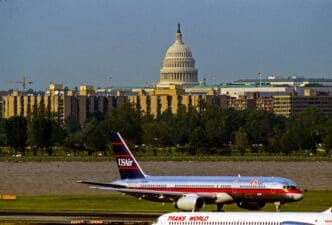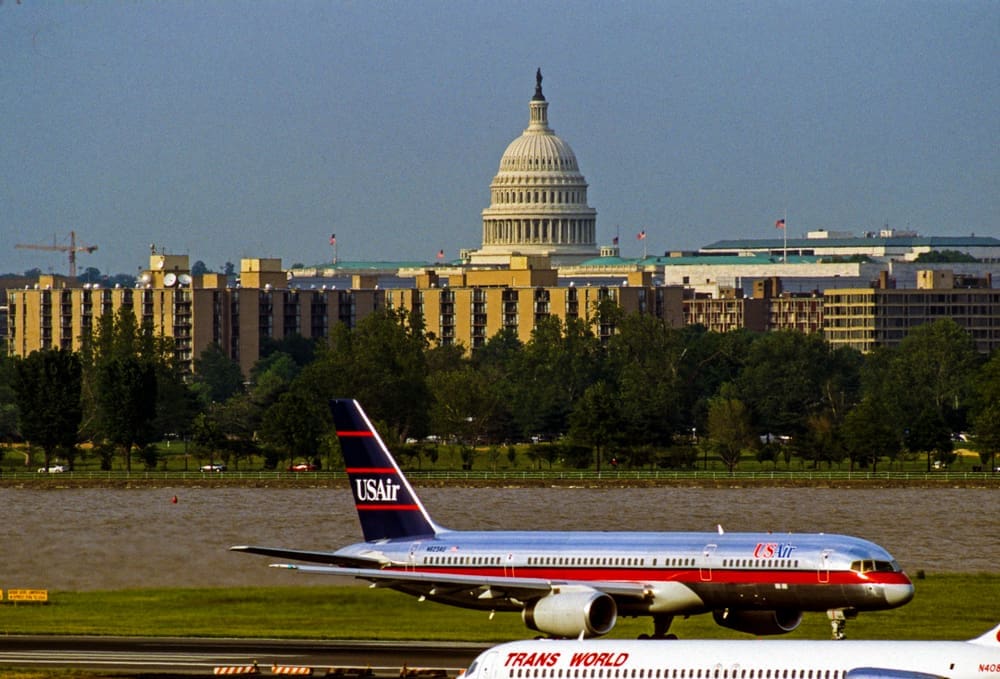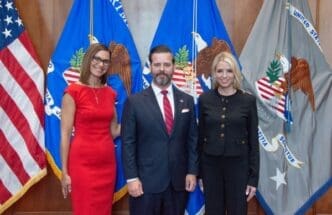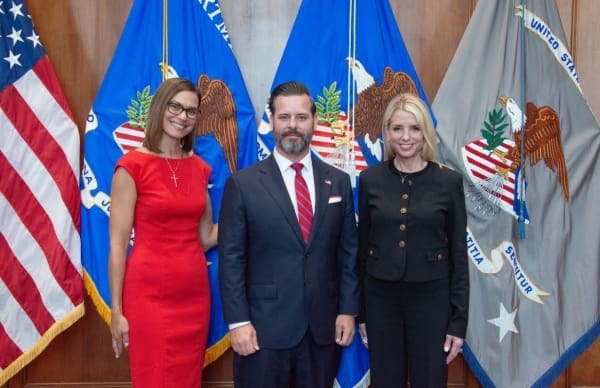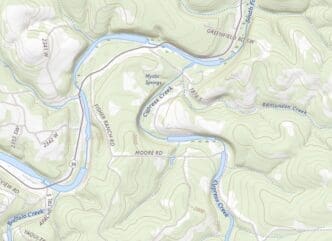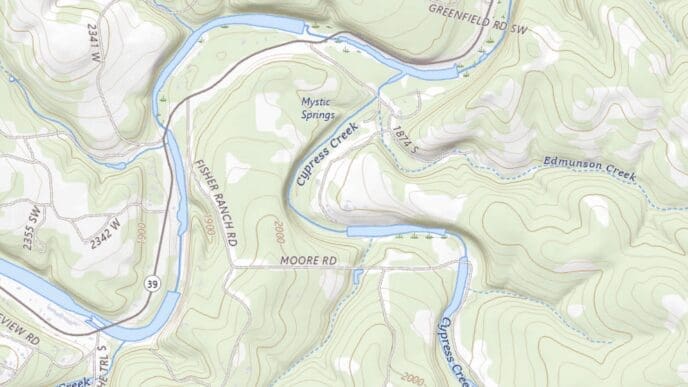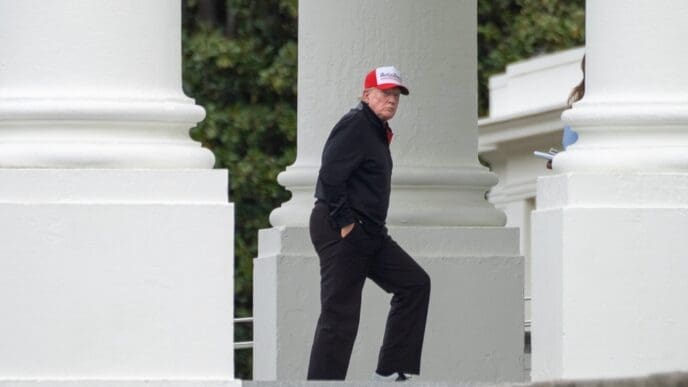Air traffic controllers at Ronald Reagan National Airport are set to receive crisis counseling and increased supervision following a recent altercation in the control tower. This development comes just two months after a tragic midair collision between a passenger jet and an Army helicopter, which resulted in the loss of 67 lives.
The Federal Aviation Administration (FAA) is assessing whether the current arrival rate at the busy Washington airport is excessively high. The FAA plans to provide additional support to controllers while ongoing investigations by Congress and the National Transportation Safety Board (NTSB) continue into the deadly January crash.
Concerns have been raised by the Senate Commerce Committee’s chairman, Sen. Ted Cruz, who highlighted several troubling incidents since the crash. Cruz criticized the Army’s unwillingness to release a memo detailing its flight rules, asserting that any future fatalities would be attributable to the Army.
Following the arrest of a 39-year-old Maryland employee for assault and battery after the control tower incident, the FAA decided to introduce crisis counseling. While details of the altercation have not been disclosed, the FAA placed the employee on administrative leave pending investigation.
In a related event, a Delta passenger jet was forced to take evasive action during takeoff to avoid Air Force jets involved in a flyover at Arlington National Cemetery. This incident is part of a pattern of close calls near the airport, as documented by the NTSB.
The FAA is evaluating the “current arrival rate of aircraft per hour,” particularly the concentration in the last 30 minutes of each hour. After the collision, the arrival rate decreased to 26 per hour, but it has since increased to 30, with potential plans to raise it to 32. This reevaluation aims to alleviate stress on air traffic controllers.
The FAA will also implement regular wellness checks and make counseling available to its staff at Reagan. The number of supervisors will increase from six to eight, and an assessment of the workforce sufficiency per shift is underway. The union representing the controllers has opted not to comment.
During a hearing, Cruz suggested possible legal action against the Army if it fails to provide the committee with the flight rules memo. The lack of an active location system on the Black Hawk helicopter during the crash is a significant concern, as it forced reliance on radar updates every four seconds.
The Army has yet to respond to inquiries about the memo. Brig. Gen. Matthew Braman, head of U.S. Army aviation, indicated uncertainty regarding the memo’s release due to its role in the investigation. However, the NTSB chief assured its disclosure would be permissible.
The January crash was the deadliest in U.S. aviation since November 2001, contributing to heightened apprehension about air travel despite its overall safety record.
The Human Angle
- The recent incidents highlight ongoing safety challenges at one of the nation’s busiest airports, potentially affecting public trust in air travel safety.
- The increase in air traffic controllers at Reagan National Airport may lead to improved management of airspace, potentially minimizing future risks.
- Senator Cruz’s insistence on transparency regarding military flight regulations underscores a demand for accountability, potentially influencing future aviation policies.
- The FAA’s focus on mental health support for air traffic controllers reflects an understanding of the high-stress nature of their roles, aiming to enhance their well-being and performance.
- The broader implications of these developments may affect flight scheduling and safety protocols at other airports nationwide, ensuring a more unified approach to aviation safety.

